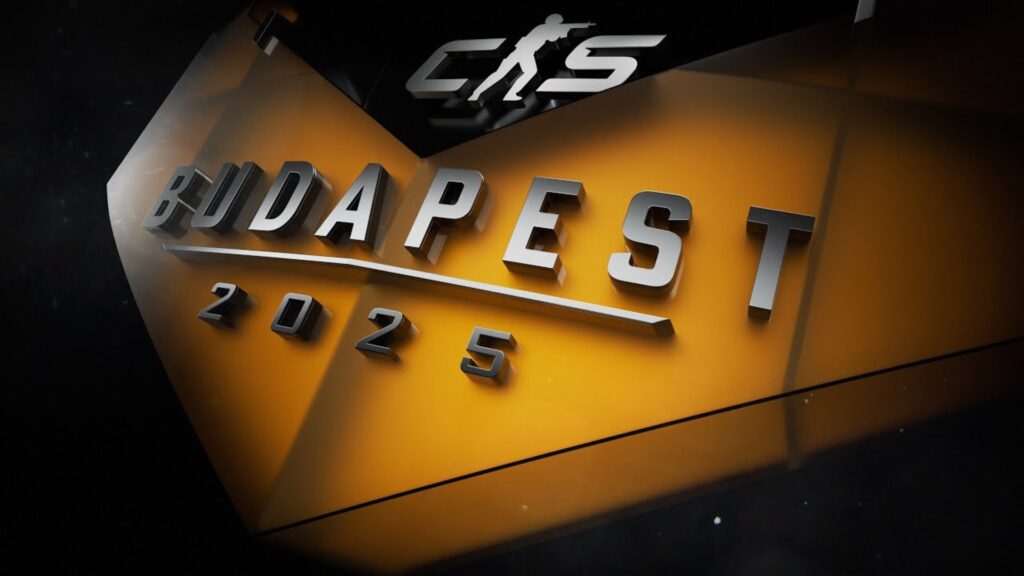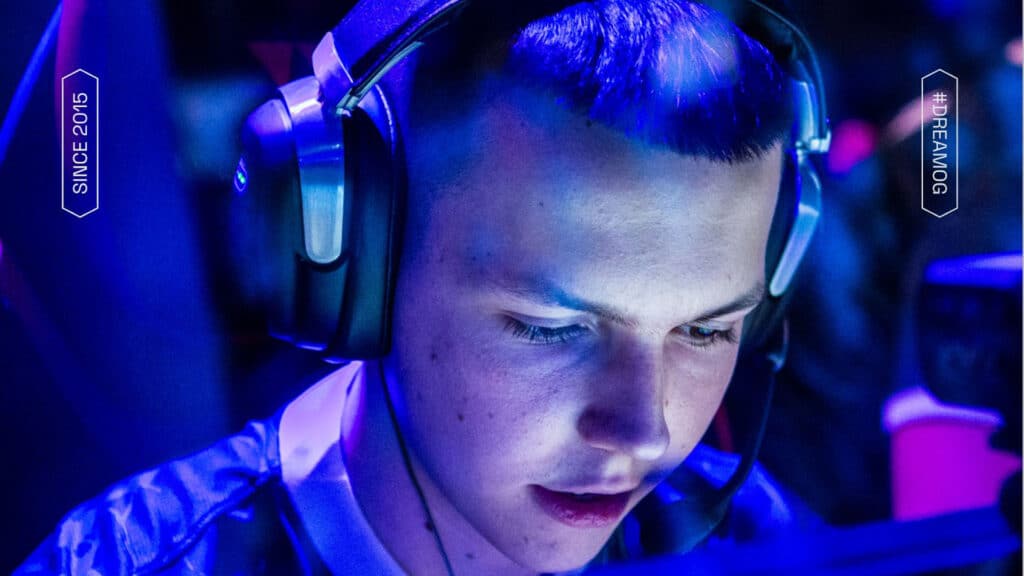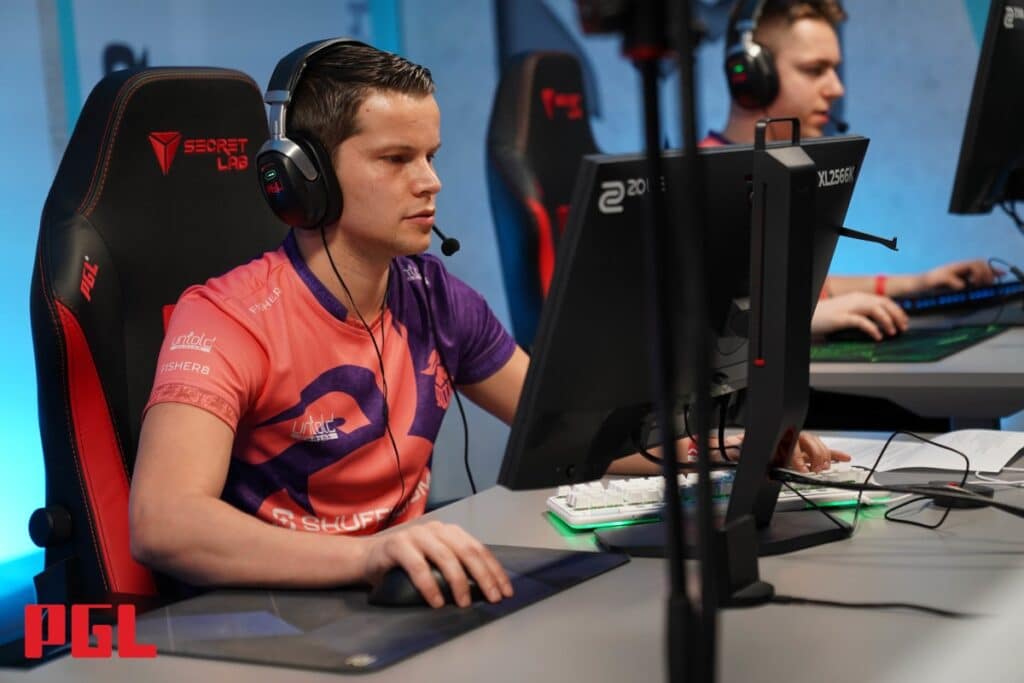Valve has officially revealed the highly-anticipated Counter-Strike 2 StarLadder Budapest Major 2025 regional invite allocation, fundamentally reshaping the route teams must take to secure a coveted spot at the year’s second CS2 Major. This decision, announced in 2025, centers on new slot distributions across Europe, Americas, and Asia, and ushers in rule changes aimed at keeping the CS2 competitive scene both fair and dynamic. Here’s what every esports fan and team needs to know about these critical adjustments and their implications for the upcoming Budapest Major.
What the Valve announcement means for regional allocation
Valve’s latest announcement on regional allocation directly affects team invites for the Budapest Major. Their data-driven approach utilizes team performance at recent top-tier events—especially the BLAST.tv Austin Major—as the primary factor for choosing which regions receive more or fewer slots. This method ensures that dominant regions are rewarded, while emerging areas get a genuine chance to shine on CS2’s largest stage.
For 2025, the Americas gain an additional Stage 3 slot—thanks to standout performances from Brazilian squads like FURIA and PaiN Gaming—while losing two Stage 2 slots. Europe, meanwhile, sacrifices a Stage 3 invite but picks up another invite for Stage 2. Asia’s allocation sees a measured increase, further encouraging development in its blossoming Counter-Strike scene.
Roster lock rule: Ensuring competitive integrity
Valve’s update isn’t just about numbers. A stricter roster lock rule is also now in effect for the Budapest Major. Once a team secures its regional invite, its core lineup is effectively locked to its originating region—blocking last-minute roster swaps that could manipulate regional representation. Though teams can register one substitute, this addition won’t alter the team’s official regional status. This new rule levels the playing field, pushing organizations to plan long-term and maintain cohesion from qualifiers to the main stage.
Valve regional subdivision: Introducing a new European sub-region
One of the more nuanced changes is the debut of a European sub-region within the Valve Regional Subdivision (VRS). By segmenting Europe further, Valve aims to fine-tune competitive balance and ensure representation aligns more closely with regional strengths. This subdivision will specifically impact how teams are classified and seeded during qualification, reflecting the region’s exceptional depth and the ever-evolving power dynamic at the top of CS2 esports.
BLAST.tv Austin Major: Key influence on invite distribution
The immediate results from the BLAST.tv Austin Major have shaped Valve’s approach to the Budapest Major invite allocation. The strong showings from Brazilian teams at Austin forced Valve to recalibrate the Americas’ regional allocation, while the evolving European landscape prompted their own internal adjustments. This real-time response to performance data underscores Valve’s commitment to a merit-based system that rewards in-form organizations with direct paths to top-level play.
What these team invite and rule changes mean for fans and players
For fans following Counter-Strike 2, the adjustment of team invites and new rule changes make the qualification process more transparent and performance-driven. Teams from regions with standout showings can now enjoy a greater chance at progression, while emerging regions such as Asia are encouraged to keep ramping up their competitive standards. The Budapest Major is shaping up to be one of the most balanced and unpredictable events yet in CS2.
For players and coaches, understanding the intricacies of the regional invite allocation, the impact of the roster lock rule, and the importance of consistent performance throughout the season is now essential. Strategic roster planning and region-focused preparation have never been more crucial to Major qualification success.
Key takeaways for the Counter-Strike 2 community
With the StarLadder Budapest Major 2025 regional invite allocation, Valve is doubling down on skill, strategy, and regional merit. The combination of evolved regional slots, new roster rules, and fine-tuned European subdivisions reflects an ongoing commitment to the scene’s growth and competitive integrity. As the season progresses, teams must adapt quickly, and fans can look forward to a Major lineup that truly showcases the world’s best, based not just on reputation, but recent performance and cohesive teamwork.
Frequently asked questions about Counter-Strike 2 StarLadder Budapest Major 2025 regional invite allocation (FAQ)
How did Valve decide on the regional invite slots for Budapest Major 2025?
Valve based the regional invite allocation on the recent team performances at the BLAST.tv Austin Major, awarding more slots to regions with the strongest showings and adjusting to maintain competitive balance.
What is the new roster lock rule introduced for the Budapest Major?
After receiving an invite, a team’s core lineup is locked to its region, prohibiting last-minute roster moves that could alter regional eligibility. One substitute can be added, but it won’t change the official regional status.
What does the new European sub-region in VRS mean?
The new European sub-region within the Valve Regional Subdivision further refines seedings and classifications, helping allocate invites more precisely within Europe based on strength and recent results.
Why did the Americas get more Stage 3 slots and fewer Stage 2 slots?
Strong performances, particularly from Brazilian teams at the Austin Major, led Valve to increase the Americas’ Stage 3 invites while reducing their Stage 2 slots, rewarding top results but maintaining overall balance.
Will these allocation rules affect future CS2 Majors beyond 2025?
While tailored for the Budapest Major, Valve often uses similar performance-based systems in future events, so continued adjustments are likely as regional power shifts.
Sources to this article
- Valve. (2025). Official announcement on regional invite allocation for the Budapest Major.
- CSDonkey.com editorial coverage, June 2025.
- “BLAST.tv Austin Major” match statistics and performance summaries.




